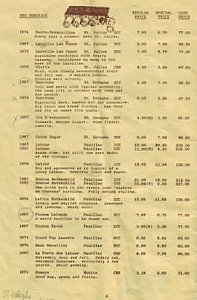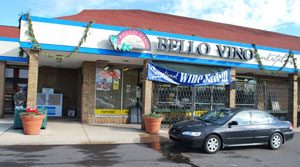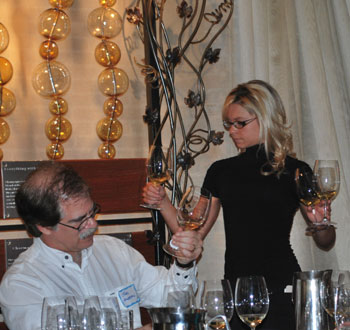Column: Arbor Vinous
These days, lots of Ann Arbor restaurants – and even some brewpubs – are offering wine lists of reasonable quality. So why would anyone want to BYO when they eat out?
How about:
- You’re itching to try a tiny, locally-owned place – call it Jamaican Jerk Pit – whose owners can’t afford multi-thousand dollars to secure a liquor license. But you fantasize how great a cold bottle of Red Stripe might taste alongside that jerk chicken or curried goat.
- You’re feeling the economic pinch, and the wine markup at many restaurants presents a budget-busting deterrent to going out. So you eat at home, and pour a glass or two of wine. Cost: one-third of its restaurant price.
- You enjoy a restaurant’s cooking, but its wine list is particularly short and dismal. With a better beverage selection, you’d probably eat there more often.
- You squirreled away a special bottle of high-end Cabernet for a landmark birthday or anniversary. Now’s the time – and you’d like to celebrate with a meal at your favorite “special occasion” eatery, accompanied by your special occasion wine.
If any of these scenarios hits home, ponder this: though laws vary, most larger states across the country – California, Illinois, New York, Pennsylvania and even Texas – allow you to legally tote along a bottle of wine when you go out to eat at a restaurant.
Here in Michigan, not so much. Except for a couple of small, largely unknown loopholes – which we’ll get to in a minute – beverage law in the GSOM (that’s Great State of Michigan) prohibits restaurant BYO. [Full Story]












